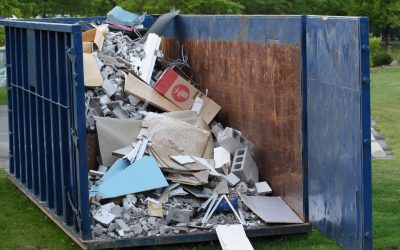With some 20,000 deaths attributed to it every year, radon gas is the second leading cause of lung cancer in the United States. The cost for both direct and indirect care is estimated to be in excess of $2 billion per annum. In random tests done by the EPA, they found close to one in three homes in the seven states where the tests were made to have levels of radon in excess of the recommended level of exposure. Facts!
What is radon?
Let us give a layman’s description first. Radon gas is a cancer causing element. You cannot see it, you cannot smell it nor can you taste it, but all the same, it may very well be in your home. With radon being the second most cause of cancer, an individual who lives in a house with high levels of radon plus he or she is a smoker stands a very high risk of developing lung cancer. Ongoing tests seem to indicate that children may be a higher risk from radon than adults, this appears to be so due to the higher respiration rate in kids as well as their rapidly dividing cells as they grow.
Use:
Radon has been used as a spa treatment for some presumed medical treatment as odd as it seems. As well as spa treatment, radon is used to influence various chemical reactions during the study of surface reactions.
Production:
Radon is not commercial manufactured, it is a naturally occurring radioactive material which is the result of the natural breakdown or decay of uranium. Areas of the country where the rock and soil are predominately igneous are most susceptible however radon can also be found in the water supply.
Exposure:
Humans are exposed to the radon gas through inhalation and ingestion. Radon which is in the ground can percolate into the ground water, radon that is in building materials made from radon bearing materials can decay in the home. Although ingestion is a way of introducing radon into the body, inhalation of the decay products is by far the most prevalent and deadly.
Radon at work:
People who work in confined spaces such as mines and tightly sealed buildings are more exposed to decayed radon gas than those who work outdoors. Radon can be exhaled from rock, soil and water and can cause high concentrations of radon gas in tunnels, power plants, caves and spas.
Testing for radon:
As radon gas is odorless, tasteless and invisible the only way to determine if your home is safe is by testing. Radon does not provoke any particular symptoms of its presence. The EPA suggests testing for radon gas in your home before the symptoms manifest themselves in lung cancer. Radon has been found in every state, the EPA are extrapolating data and they believe there may be as many as 8 million homes that have elevated levels of radon.


